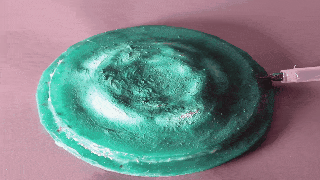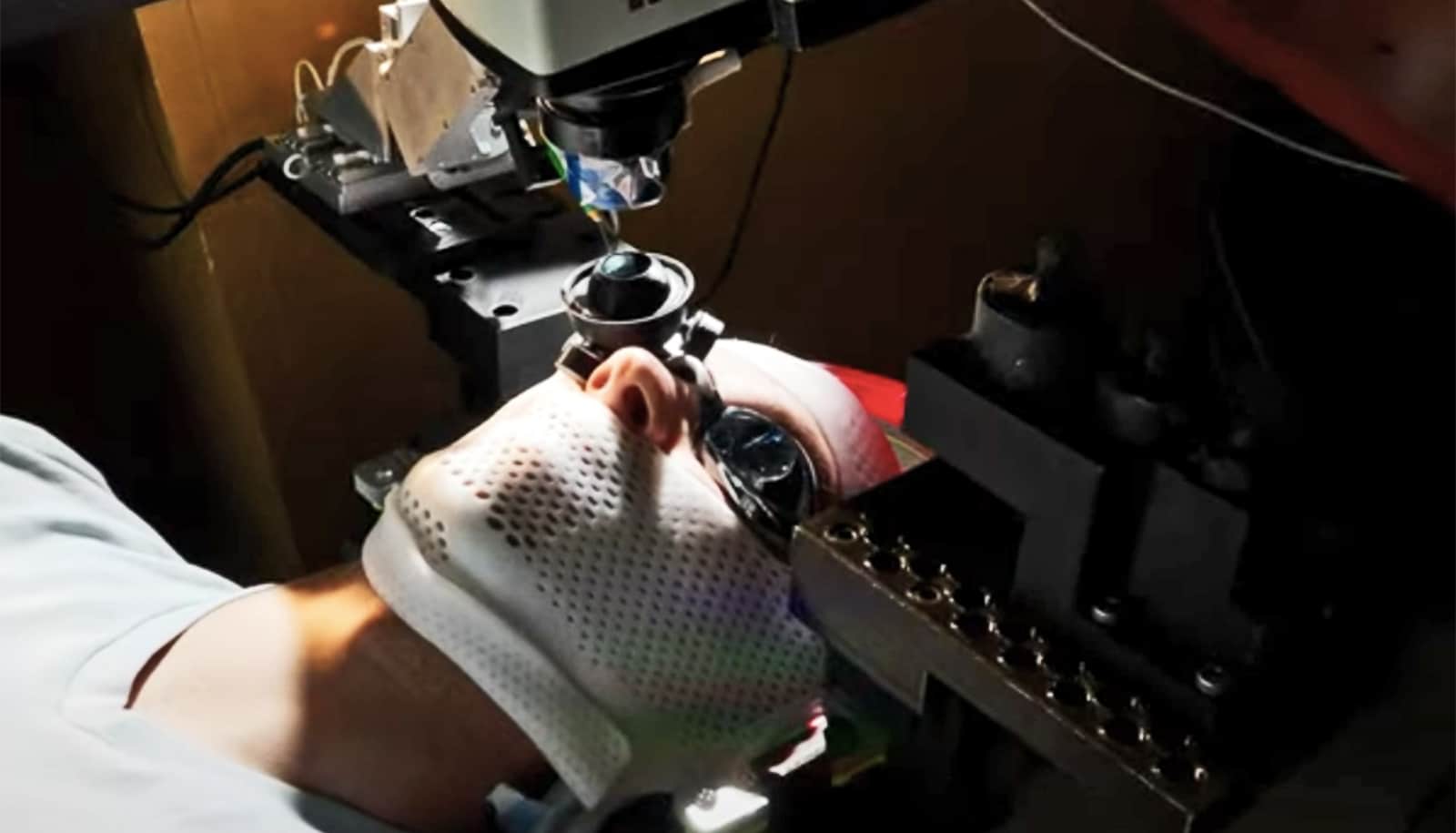Scientists are using octopuses and other cephalopods—and their ability to quickly change color and shape—as inspiration for a method to morph stretchable flat surfaces into 3D ones on demand.
The method uses rigid mesh, laser cut in a way that, when attached to a stretchable material, constrains it to form targeted shapes when inflated.

Rob Shepherd, assistant professor in the Sibley School of Mechanical and Aerospace Engineering at Cornell University, says the work has implications for robotics.
“There are many complicated ways to create a texture change in a robot, but we wanted a very simple way to do it,” he says.
The challenge: precisely inflating something like a balloon into the exact shape you want.
“If you wanted to take a round balloon and shape it so it looked like a box, it would be pretty difficult—unless you just put it in a box,” says former postdoctoral researcher James Pikul, now an assistant professor at the University of Pennsylvania. “That’s the materials and engineering challenge: How can you take these soft materials and control the shape of them?”
As reported in Science, the team is doing it with bio-inspiration and a healthy dose of mathematics. They call the method CCOARSE—Circumferentially Constrained and Radially Stretched Elastomer. “It’s a very simple concept,” Shepherd says.
A cephalopod is able to change its shape to blend into its surroundings through activation of its papillae—protuberances that extend from the body by contraction of the erector muscles within.
The new method mimics that by combining two materials—a fiber mesh embedded in a silicone elastomer—to act as synthetic tissue groupings.
The fabrication process starts with silicone poured into a 3D printed mold of a desired shape and thickness. Nonwoven, inextensible mesh, patterned with a laser cutter, is placed onto the uncured silicone. The pattern is set using a simple algorithm that ultimately determines the final 3D shape.
The silicone-mesh is cured at room temperature, then a final coating of silicone is poured on top. The combination of extensible silicone with inextensible mesh forces the silicone to inflate in the direction and shape desired.
“To design a particular shape,” says Itai Cohen, professor of physics at Cornell, “you figure out what its slope is at every point, then you design the amount of strain by including more or less mesh in the region.”
The group found that its CCOARSE approximations were remarkably accurate, the inflated shapes coming within 10 percent of algorithm-based projections.
“You could imagine shipping sheets of material that you would inflate later to be objects,” Shepherd says. “One idea we’ve had is to take a sheet of rubber, send it along with a two-part polyurethane foam that becomes stiff, and people can inflate the rubber with the foam so that it becomes a stiff structure—like furniture.”
Odd pupils let ‘colorblind’ octopuses see colors
Cohen sees an application in robotics, in which an arm is inflated to perform a particular task.
“You basically have a sophisticated air hose with little attachments,” he says. “You take your inflatable robot, attach it to your air hose, and it inflates into the structure you want. It does the repetitive task, and when you’re done with that particular task, you throw it away and replace it with one that has a totally different shape that does a different task.”
The Army Research Office, which is interested in the technology for camouflage purposes, funded the work. The researchers have submitted a patent application.
Source: Cornell University



